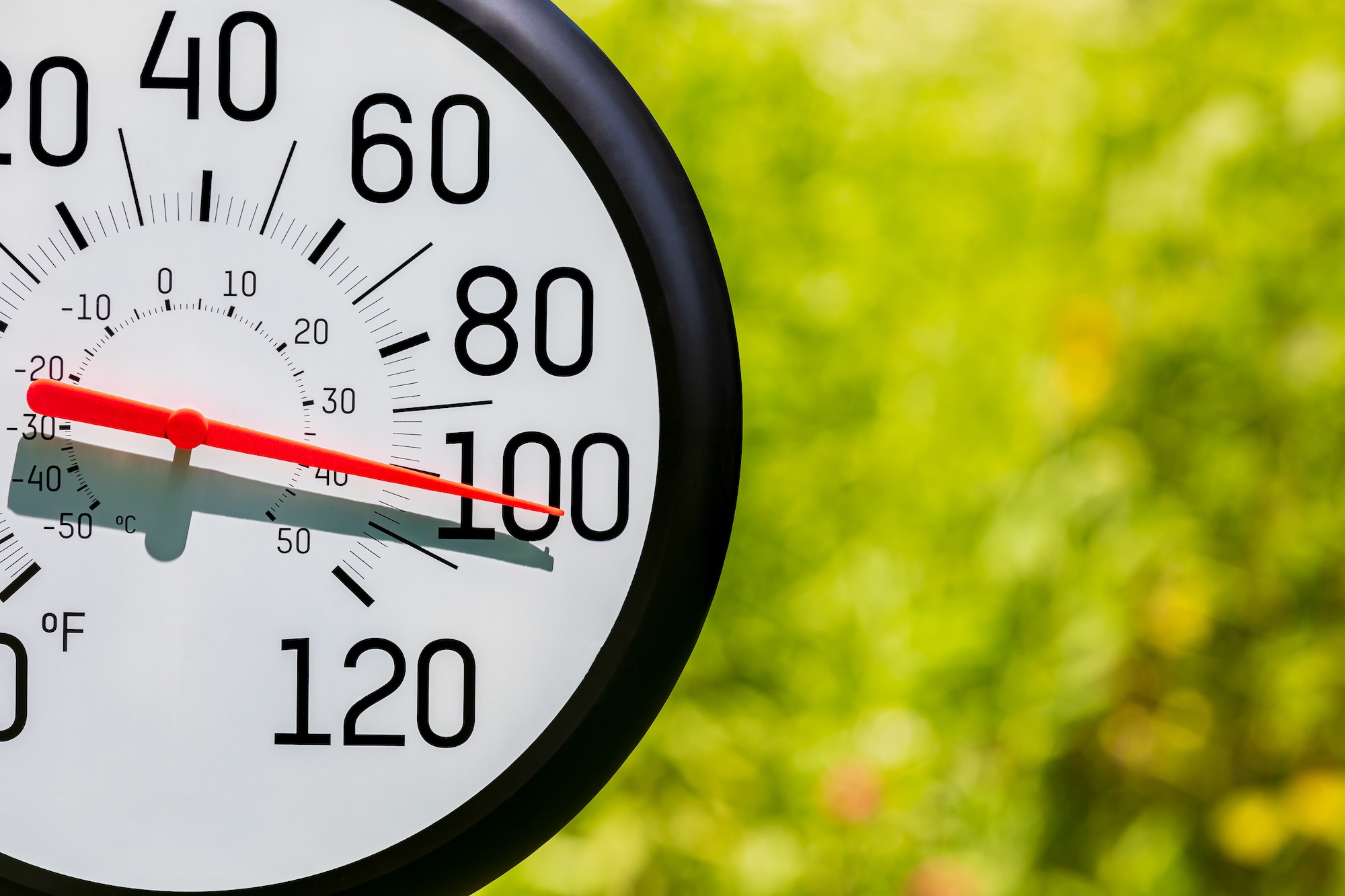What We’ve Learned Building Climate Tools
Our future is going to involve spiky, unpredictable changes that could cut us off from our software.

There’s going to be more of this.
Data is important, but it doesn’t always beget action. So we’re building tools inside of Aboard to help people use climate data. The first one, which is currently being tested, helps warehouse managers create plans for their teams and their facilities. If you’re a warehouse manager (I know the odds are low, but still), please get in touch.
Warehouses—there are tens of thousands of them in the United States, otherwise how would you get your shoes delivered?—were basically all built for one climate. So now they’re overheating, flooding, and sometimes freezing because the world is changing. It’s time to adapt.
I wanted Aboard to build the ultimate software solution to this problem—so any warehouse manager could be dropped into the tool and start preparing for a crisis in minutes. That’s what software is supposed to be, right?
Want more of this?
The Aboard Newsletter from Paul Ford and Rich Ziade: Weekly insights, emerging trends, and tips on how to navigate the world of AI, software, and your career. Every week, totally free, right in your inbox.
But as we’ve learned, warehouse managers see software as a tool—and just another tool, at that. They use tools all day (sometimes real tools, like wrenches), and they love their iPads. But just throwing a workflow over the wall with the blessings of management won’t make them pay attention.
So as we’ve been working on our solution, we’ve also been changing our assumptions:
First, the relationship won’t start with software. It will start with training. For the software to work, a person will need to show up at the warehouse, talk about local climate risks (“That storm two years ago? Expect twice as many of those.”) Then everyone should walk the warehouse floor and take notes, turn those into cards in Aboard, and kick off a frankly slow, long-term process that will involve a lot of check-ins and discussions, with tasks, comments, and kanban boards. Simply: Don’t expect people to make sense of climate change on their own. Send a guide.
Second: In a weather crisis…Aboard may not work. Or rather, it’ll work fine, but you may not have electricity or enough Internet connectivity to enjoy its glorious, optimized stability. So, somewhat ironically, a big part of the effort is making sure that everything we do can be accessed offline: PDFs to download and post in the break room, communication tools, checklists, and so forth—which will need to be supplemented with regular check-ins to keep knowledge current. The good news is that we can enable all of this!
I was listening to a prepping podcast a while back, and the guest, Zoe Higgins, made this point: Print basic stuff out, like how much bleach to add to water to purify it, because Google won’t work in a big outage. She was talking about the flooding that had damaged so much of Houston, Texas, during Hurricane Ida, and how people worked together afterwards.
A lot of our miraculous wondertools bring enormous value to our lives—but they’re totally dependent on people having access to a lot of resources all the time in order to work. Our future is increasingly going to involve spiky, unpredictable changes that could cut us off from those wondertools. There isn’t really a solution in the near-term; we just need to plan and adapt.
I’m excited to share what we’re working on with you, because I know how many of you care deeply about warehouses. And it’s genuinely wild to see how easy and interesting it is to just drop climate data next to any address in a product like Aboard. Watch this space.


